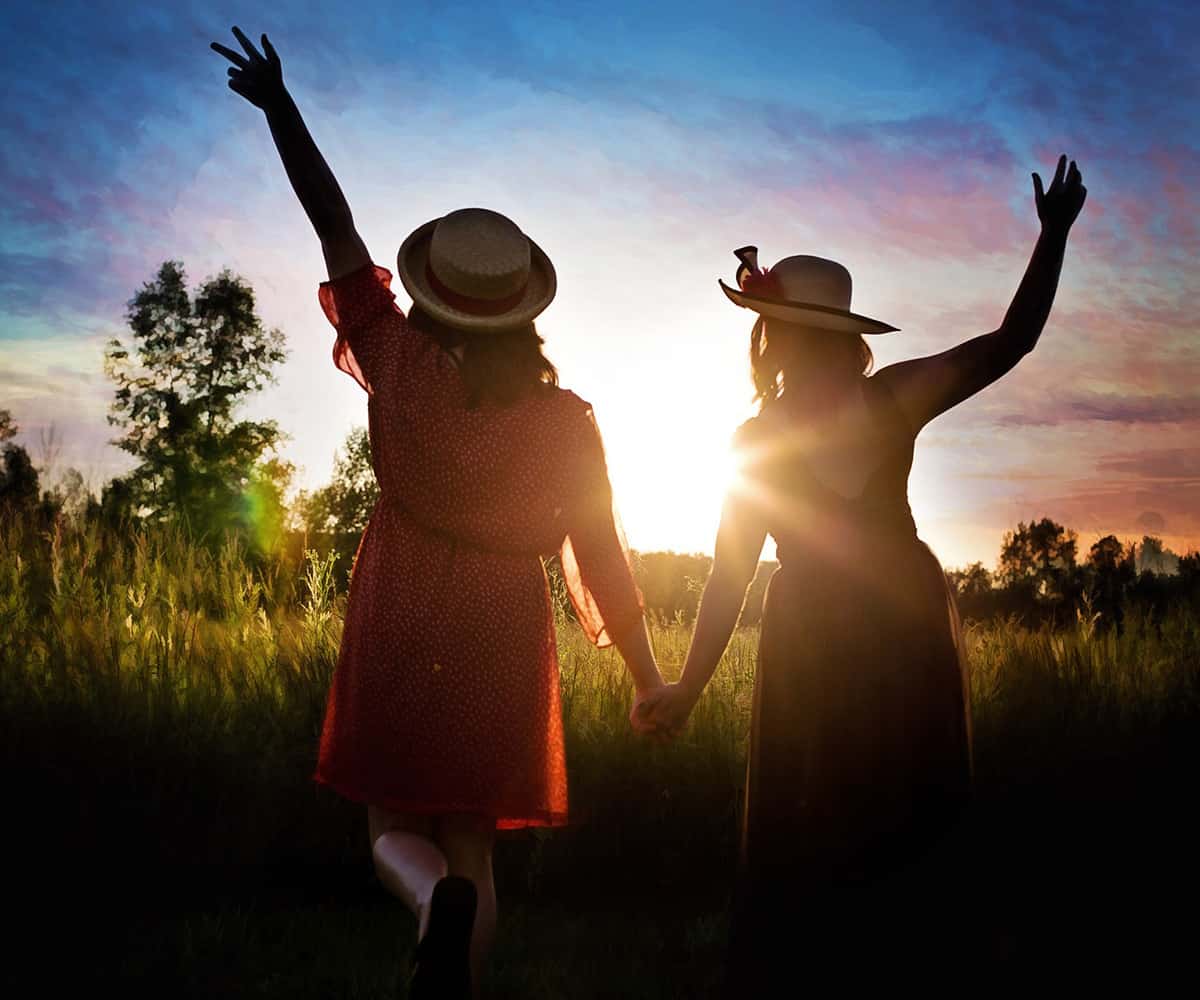
It Takes a Village
Two years ago I lost a brother to suicide, and four months ago my youngest (and closest) sister died. When I was 14 years old, my mother committed suicide.
The childhood my siblings and I shared, though privileged in some ways, held many of the misfortunes that create people who can’t survive. Recently, I have thought a lot about what made me someone who could.
Being the oldest, I had something that my siblings did not. By the time my family fell apart—my mother launching the first of her several suicide attempts, my father growing harsh and neglectful—I was already part of the community in our multi-family buildings and was old enough at the age of five to have left my little footprint. People knew me by name. I knew other children and their parents. I would knock on a door when I knew it was dinnertime. I would find someone to invite me in when I was locked out of our apartment and no adult was around to let me in. Neighbors gave me hand-me-downs. They bought the little books I wrote and sold door-to-door, and on at least two occasions, when the police came to my apartment—once to break up a violent fight and once to take my mother, who had been resuscitated from an overdose, to the local hospital—neighbors came over with cookies and made tea, and made things feel normal. It was impossible to keep a secret in a huge, upper-middle-class apartment complex in the 1960s, yet, to my knowledge, not a single family prevented their children from playing with me or inviting me home. I was included and cared for. I never overheard any gossip about my family or me. I lived in an unfriendly home but in a very friendly world.
Many years later, after raising a son and establishing a career, I decided to slow down my pace for a time. I took care of a few corporate clients, fell in love with the man who would become my husband, sent my son off to college, and wrote my seventh book in the cocoon of my home. My life was peaceful, full of work and love, and, well, good things. Then my brother took his life.
Suddenly I had a need to do healing. Not healing one-on-one, but rather, in big groups where I would lay my hands on each person. I wanted to do healings like that all over the country. Healing is intimate and is best done in a group, the bigger the better, where the combined energy of the participants can be channeled into something exponentially more powerful than the number of people present would suggest. When I posted the first Laying on of Hands Circle, I wasn’t sure whether anyone would come. The first Circle I set up was standing room only. The next one had over 250 people! Sometimes people would report miraculous physical, economic, and emotional healings after the events. Some were disappointed that nothing happened for them. For me there was both enormous satisfaction when people healed and a sense of failure when people didn’t get what they came for. In other words, the experience was a mixed bag, but as I did it, I was feeling better and better, more and more optimistic about being alive.
I didn’t have any clear explanation for why I was doing the healings. I was doing them at my own expense, charging no admission so that there would be no question of whether someone could afford to attend, and most of the time the venue wasn’t even set up to sell my books. It wasn’t until the second hit came, two years later, in the form of my sister’s untimely death, that I understood. As we sat shiva, a Jewish ritual in which the community gathers around the family for days, solid and implacable, at a time when the mourning would often rather just curl up in a ball, I understood that I was doing what had sustained and saved me in my childhood. I was placing myself in a community! In fact, I was creating for myself so many communities that everywhere I went, there were people I cared about who cared about me.
I am sure all of you have a memory of one small thing someone did that gave you hope, sustained you in a time of need, renewed your sense of self, or revived your strength…someone who provided a couch, some cash, a meal, a new experience, or simple company. Community is strength. Community is resilience. Community gives us the flexibility to grow, supported—to be more than we could have been on our own.
In the struggles of my adult life, I have been able to find communities of support, because I learned in my childhood that they were there. Not everyone has had this experience. I don’t believe that my siblings did. I believe that we need to build communities, practice community, expand our communities, become part of new communities, seed communities. Where there is unity, there is strength.
This is especially poignant at this historical moment, when waves of immigrants are crossing borders into places where they are often unwelcome. Once you make someone “other,” you cannot enjoy the reciprocity of support that community gives.
I do the process contained in my book, The Circle, every day. It wasn’t until I wrote this article that I realized that what makes it so powerful for me is that it recreates, in every step, the community that gave me so many choices of who to be, where to go, how to respond, and what to create. What you do counts. Every time you reach out to another, you are creating a web of support that sustains us all.


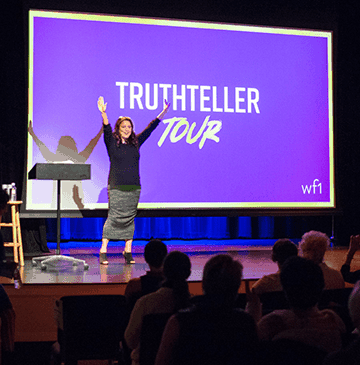
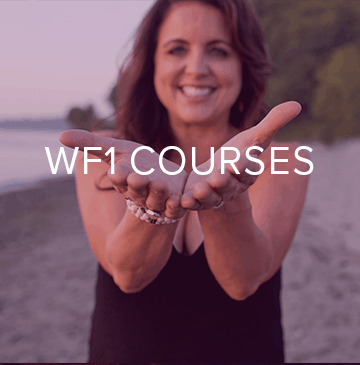
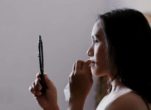
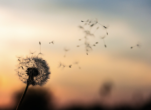
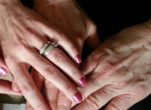

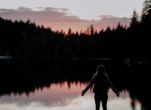
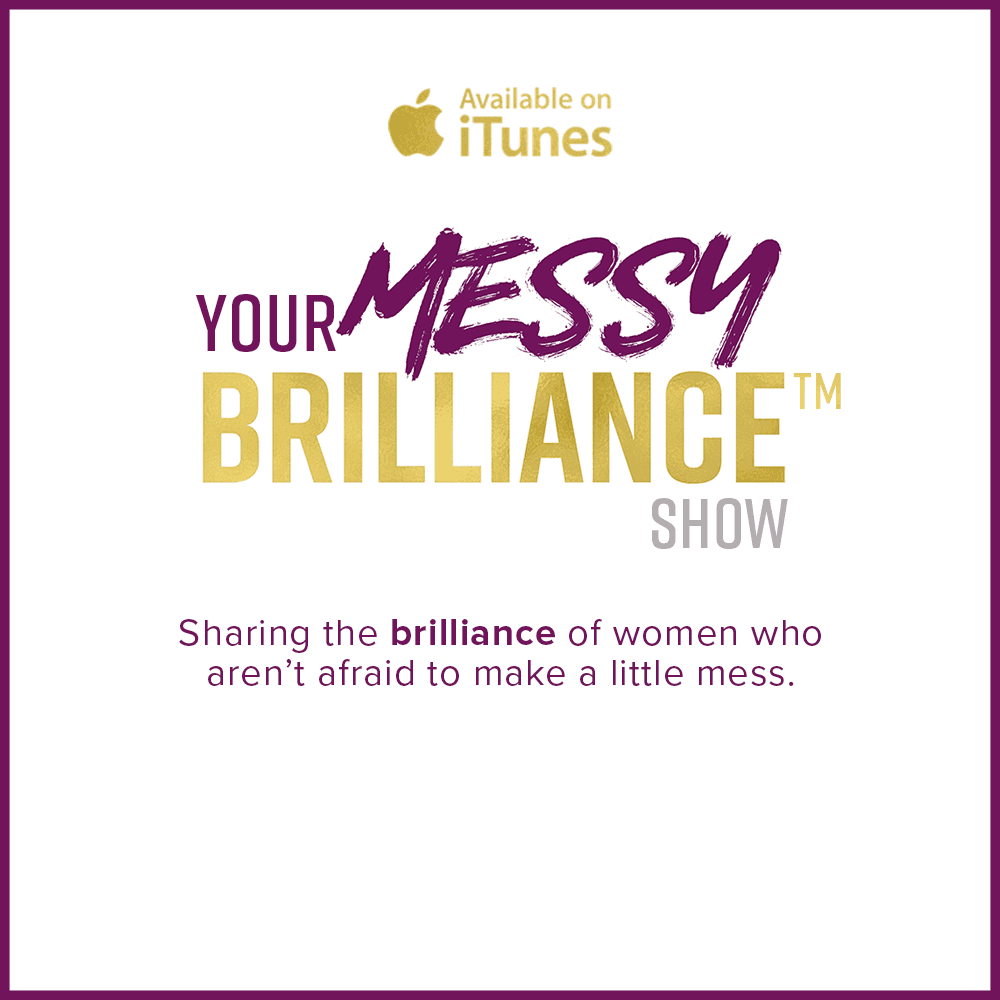

18 comments to "It Takes a Village"